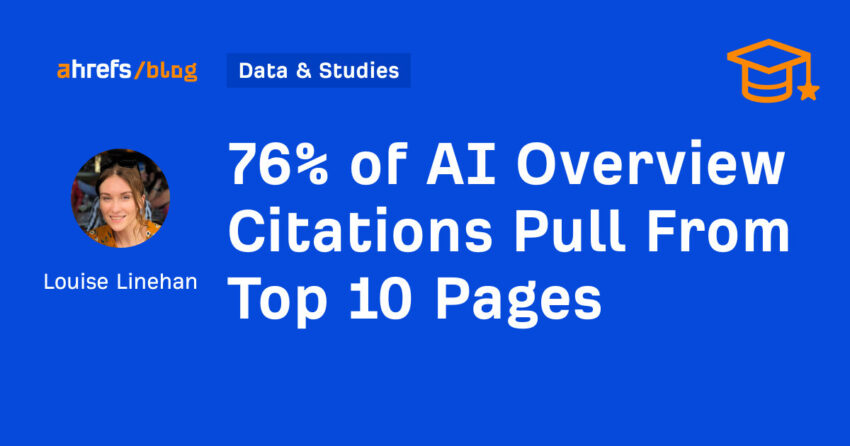TL;DR Summary of How Much Do Traditional and AI Search Results Overlap?
Optimixed’s Overview: Exploring the Strong Connection Between SEO and AI Search Citations
Understanding the Overlap Between Traditional Search and AI Citations
Recent analysis of 1.9 million AI Overview citations reveals a significant crossover between traditional Google search rankings and the sources cited by AI models in their responses. Since AI models use a process called retrieval augmented generation (RAG), they draw from indexed search results to enhance their outputs, meaning that pages ranking highly in Google are more likely to be referenced in AI answers.
Key Statistical Insights from the Study
- 76.10% of pages cited in AI Overviews rank within Google’s top 10 search results.
- 9.50% rank between positions 11 and 100.
- 14.40% of AI-cited pages do not appear in the top 100 search results.
Median positions of the top three AI citations correspond closely with their traditional search rankings: the first citation averages position 2, the second position 4, and the third position 5.
Why Do Some Lower-Ranking Pages Get Cited?
One theory, known as the fan-out query theory, suggests AI generates detailed sub-queries to find better answers from less visible pages. However, analysis shows pages ranked beyond the top 10 tend to appear for fewer and shorter keywords, contradicting expectations. Instead, these exceptions may be influenced by factors like content freshness, alignment with specific user intents, or prior prompts.
Practical Takeaways for SEO Strategy
- SEO fundamentals remain crucial: High ranking in traditional search significantly boosts the chance of AI citation.
- Monitor both search and AI visibility: Use tools like Ahrefs’ Organic Keywords report for rankings and Brand Radar for AI Overview links.
- Visibility in AI responses complements traditional SEO success, helping brands maximize their overall digital presence.
